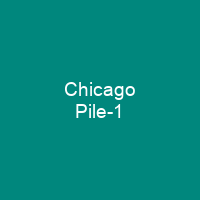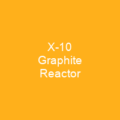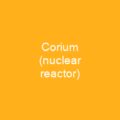Chicago Pile-1 was the world’s first artificial nuclear reactor. First human-made self-sustaining nuclear chain reaction was initiated in CP-1. Secret development of the reactor was the first major technical achievement for the Manhattan Project, the Allied effort to create atomic bombs during World War II.
About Chicago Pile-1 in brief

It was moved to Red Gate Woods in 1943, and reconfigured to become Chicago Ple-2 in 1954. There, it was operated for research until 1954, when it was dismantled and buried. The nuclear reactor used natural uranium, which required a very large amount of material in order to reach criticality, along with graphite used as a neutron moderator. It is believed that enormous quantities of uranium would be required for an atomic bomb, and therefore concentrated on producing a controlled chain reaction. The idea of a chemical chain reacted was first suggested in 1913 by the German chemist Max Bodenstein for a situation in which two molecules react to form not just the final reaction products, but also some unstable molecules that can further react with the original substances to cause more to react. The discovery of nuclear fission by German chemists Otto Hahn and Fritz Strassmann in 1938, and its theoretical explanation by their collaborators Lise Meitner and Otto Frisch, opened up the possibility of creating a nuclear reaction with uranium, but initial experiments were unsuccessful. In 1939, American physicist, Enrici Ferm i, with Americans John Dunning, Herbert L. Anderson, Eugene T. Booth, G. Norris Glasoe, and Francis G. Slack conducted the first nuclear fissions experiment in the United States on 25 January 1939. They discovered that fast neutrons were indeed produced by fission. They obtained permission from the head of the Physics Department of the University of Columbia to use a laboratory for three months.
You want to know more about Chicago Pile-1?
This page is based on the article Chicago Pile-1 published in Wikipedia (as of Dec. 10, 2020) and was automatically summarized using artificial intelligence.







